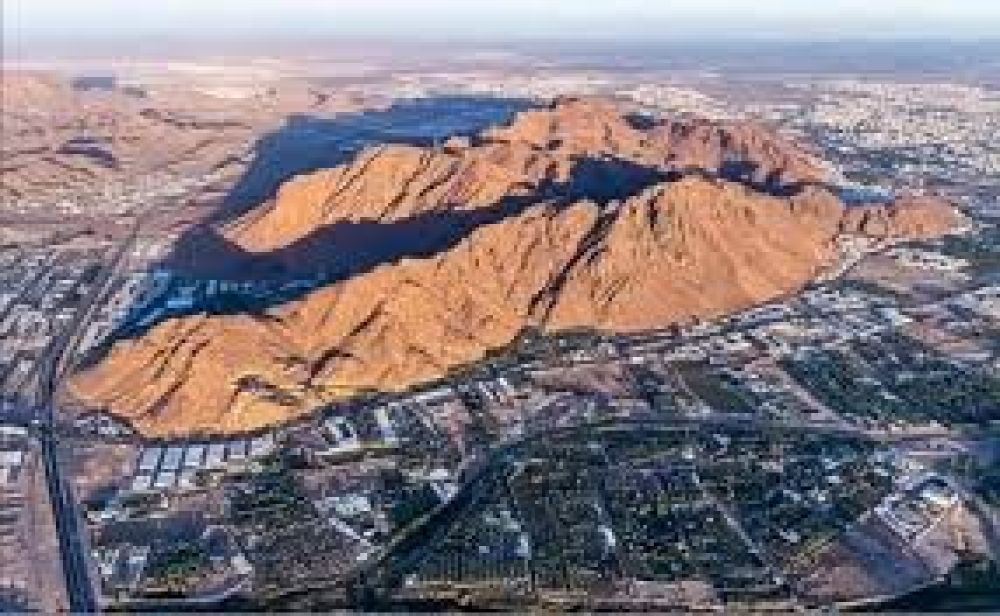

The history of tourism in Uhud Mountain, located in the vicinity of Medina, now modern-day Madinah, is closely tied to its significance in Islamic tradition and history. Uhud Mountain holds immense religious importance for Muslims around the world due to the historic Battle of Uhud that took place here in the year 625 CE, the second battle between Muslim and Meccan forces after the Hegira (migration of the Prophet Muhammad and his followers to Medina).
For centuries, Uhud Mountain has been a site of visitation, especially for those undertaking the Islamic pilgrimage of Hajj to the nearby holy city of Mecca. Pilgrims often extend their travel to visit Medina, which is considered the second holiest city in Islam after Mecca, to pay their respects at the Prophet Muhammad's Mosque and to visit significant sites such as Uhud Mountain, where the Prophet's uncle, Hamza ibn ‘Abd al-Muttalib, and other companions are buried.
In recent years, with the advent of modern transportation and the Saudi government's initiatives to boost tourism, the number of visitors to Uhud Mountain has increased significantly. The government has implemented various tourism projects to enhance the experience for visitors, such as creating well-maintained pathways, visitor centers, and signposts detailing the historical events of the battle.
The latest trends in tourism around Uhud Mountain and Medina involve a shift towards cultural and heritage tourism, as part of Saudi Arabia's Vision 2030 program to diversify its economy away from oil. This vision includes significant investment in the tourism sector to improve infrastructure and develop historical and cultural sites, with an emphasis on preserving and showcasing the Islamic heritage of the region.
Another ongoing trend is the enhancement of visitor services and amenities, including digital tour guides, interactive exhibits, and the inclusion of multilingual information to cater to the needs of international tourists. There has also been an increase in the promotion of eco-tourism, highlighting the natural landscapes and encouraging sustainable tourism practices in the region.
As tourism develops, there are challenges to ensure that the expansion does not detract from the solemnity and sanctity of the site. There are also considerations regarding the conservation of natural landscapes and local ecosystems, which are being addressed through careful planning and regulations.
The future of tourism at Uhud Mountain looks promising, with continued efforts to balance growth and sustainability. With its rich history and religious significance, Uhud Mountain is poised to remain a key destination for those seeking to explore the deep-rooted Islamic history of Saudi Arabia.